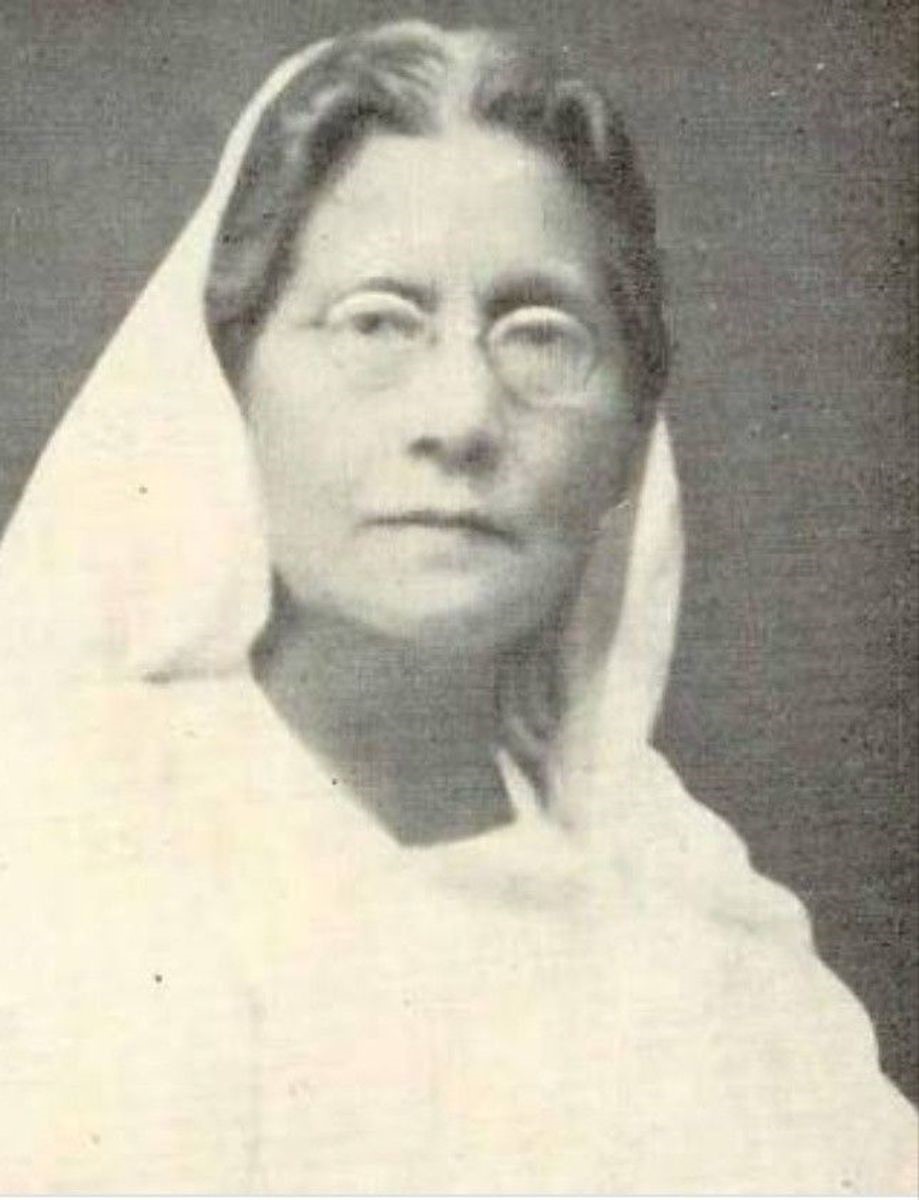Free Courses Sale ends Soon, Get It Now


Free Courses Sale ends Soon, Get It Now



Disclaimer: Copyright infringement not intended.
Context
Details
Early Life and Background
Entry into the Freedom Movement
Role in the Salt March (Dandi March)
Fearless Protester
The Iconic Flag March
Sacrifice for the Cause
Legacy and Honors
Conclusion
Matangini Hazra's life and sacrifice exemplify the indomitable spirit of India's struggle for independence. Her unwavering commitment to the cause of freedom, despite her age and the physical risks she faced, continues to inspire generations of Indians. She remains an enduring symbol of courage and determination in the fight against oppression and injustice, and her legacy lives on in the hearts of all those who cherish India's hard-won independence.
|
PRACTICE QUESTION Q. Matangini Hazra is often hailed as a symbol of unwavering commitment and courage in India's struggle for independence. Discuss her life, contributions, and the impact of her sacrifice on the freedom movement. How did her actions exemplify the spirit of non-violent civil disobedience during the colonial era? (250 Words) |
© 2024 iasgyan. All right reserved